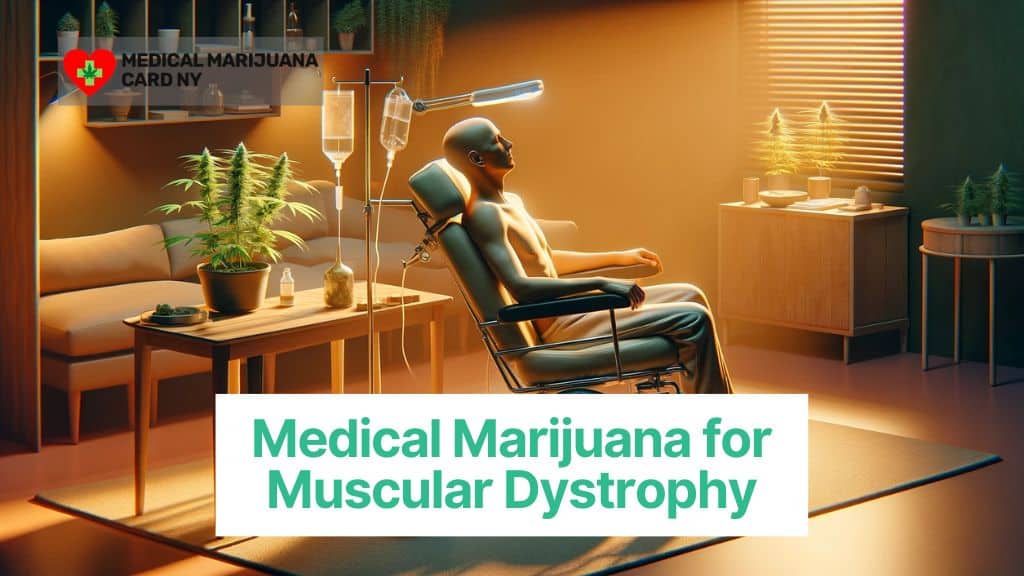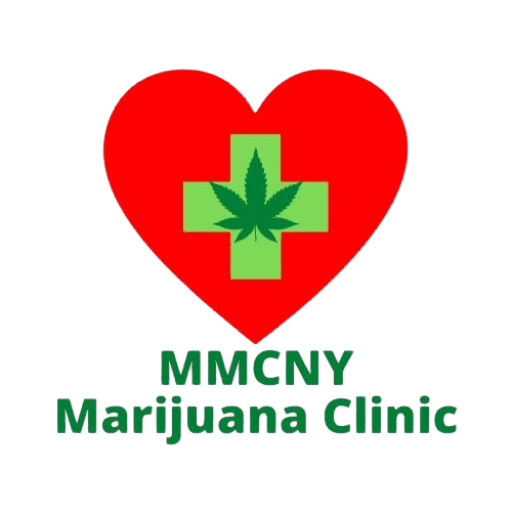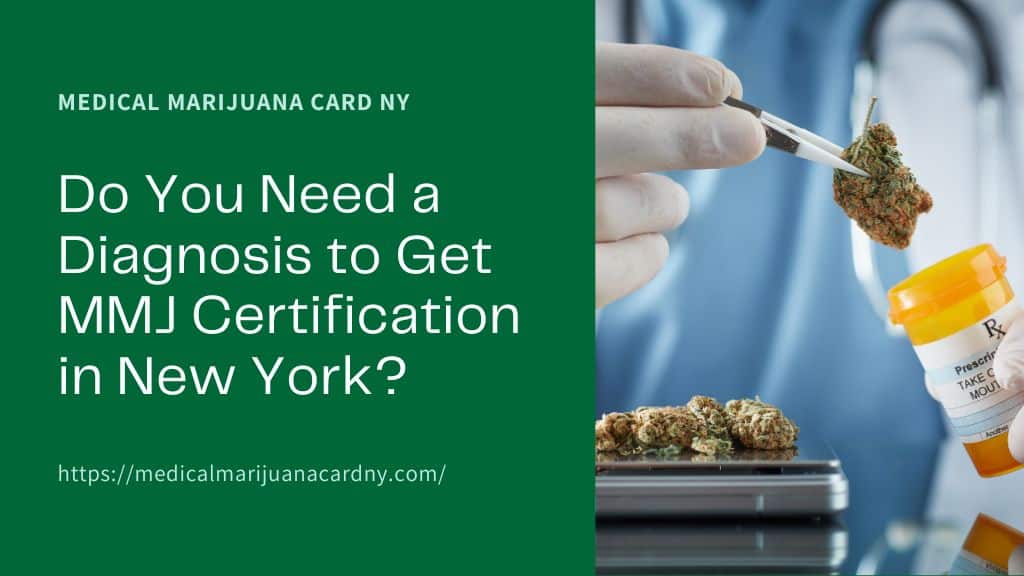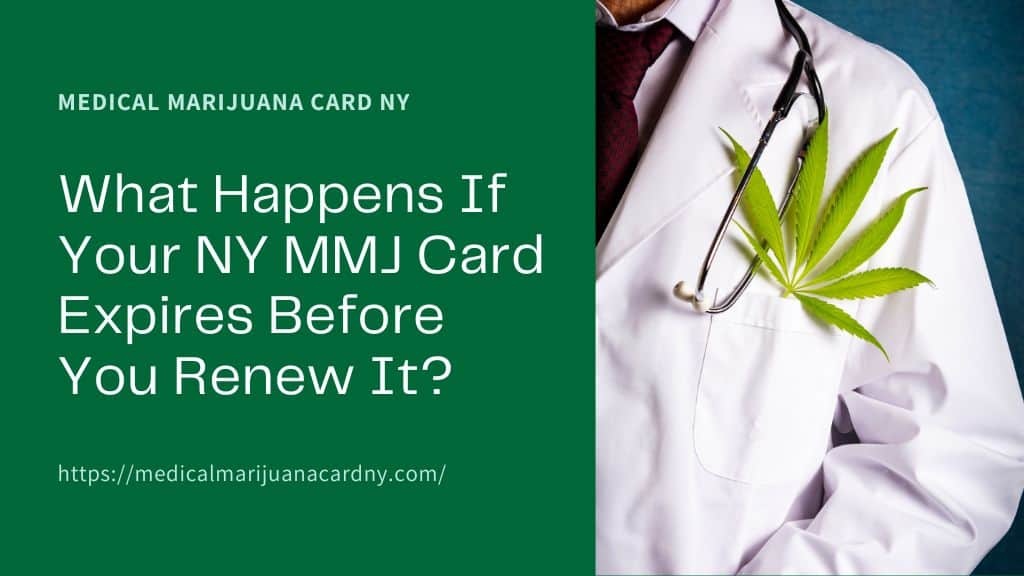Muscular Dystrophy, a group of diseases characterized by progressive weakness and loss of muscle mass, presents unique challenges in its management and treatment. Amidst the traditional therapeutic approaches, a new, promising alternative has emerged: Medical Marijuana. This blog delves into the burgeoning field of using medical marijuana for Muscular Dystrophy, exploring its potential benefits and implications.
We embark on an informative journey to understand how medical marijuana might ease the symptoms of Muscular Dystrophy. As we navigate through scientific findings, patient experiences, and expert insights, this blog aims to shed light on the effectiveness of medical marijuana as a complementary treatment. With its potential to alleviate pain, improve sleep, and enhance overall quality of life, medical marijuana is rapidly gaining attention in the healthcare community, especially in New York, where legal frameworks are evolving to accommodate its use for various medical conditions.
Join us as we explore this innovative treatment option in detail. Whether you are a patient, caregiver, or simply interested in the latest developments in medical treatments, this blog offers a comprehensive, easy-to-understand overview of medical marijuana’s role in managing Muscular Dystrophy. Your journey towards understanding and possibly finding a new avenue of relief starts here.
Table of Contents
Toggle- What Is Muscular Dystrophy and How Does It Affect Individuals?
- How Can Muscular Dystrophy Be Traditionally Managed?
- What Are the Psychological Impacts of Living with Muscular Dystrophy?
- Who Is Most Affected by Muscular Dystrophy?
- Why Is Ongoing Research Important in Muscular Dystrophy?
- How Can Medical Marijuana Help with Muscular Dystrophy Symptoms?
- What Are the Legal Guidelines for Using Medical Marijuana for Muscular Dystrophy in New York?
- Who Qualifies for Medical Marijuana for Muscular Dystrophy in New York?
- Where Can Patients Access Medical Marijuana in New York?
- Can Medical Marijuana Interact with Other Muscular Dystrophy Medications?
- Conclusion
What Is Muscular Dystrophy and How Does It Affect Individuals?
Muscular Dystrophy (MD) refers to a group of diseases characterized by progressive weakness and loss of muscle mass. These conditions arise due to genetic mutations that interfere with the production of proteins necessary for healthy muscle development. The symptoms and severity of MD vary across different types, with some appearing in childhood, mostly in boys, and others surfacing in adulthood.
The most common type, Duchenne Muscular Dystrophy, typically presents in early childhood with symptoms like frequent falls, difficulty rising from a lying or sitting position, and muscle pain. Becker Muscular Dystrophy, similar to Duchenne, shows milder symptoms that progress more slowly, often beginning in the teens.
Other types of MD affect various muscle groups and have distinct characteristics. For instance, Facioscapulohumeral MD affects the muscles of the face, shoulders, and upper arms and usually begins in young adulthood. Limb-girdle MD primarily affects hip and shoulder muscles, with symptoms often starting in childhood or teenage years.
Complications from progressive muscle weakness in MD can include difficulties in walking, arm usage, breathing, and swallowing. Some forms also lead to a curved spine (scoliosis) and heart problems. It’s important to seek medical advice if signs of muscle weakness, such as increased clumsiness and frequent falls, are noticed.
How Can Muscular Dystrophy Be Traditionally Managed?
While there is no cure for Muscular Dystrophy, management focuses on slowing the progression of the disease and alleviating symptoms to improve quality of life. Traditional management strategies include:
- Physical Therapy: Helps maintain muscle strength and function.
- Medications: Certain drugs can help manage symptoms or slow disease progression.
- Surgical and Medical Procedures: For complications like heart issues or scoliosis, medical interventions may be necessary.
- Occupational Therapy: Assists in maintaining independence in daily activities.
- Respiratory Care: As MD can affect breathing muscles, respiratory support might be required.
- Exercise and Nutrition: Tailored exercise programs and nutritional plans can help in managing symptoms and maintaining overall health.
What Are the Psychological Impacts of Living with Muscular Dystrophy?
Living with Muscular Dystrophy (MD) can have profound psychological impacts on individuals and their families. The emotional and psychological effects often include a complex range of responses, following a sequence of stages similar to those experienced in other chronic conditions. These stages may include shock and denial, anxiety, anger and guilt, depression, and eventually, psychological homeostasis. Each individual’s response to the diagnosis and progression of MD varies, with some people experiencing suppressed emotions that are not openly addressed.
The quality of life for adults with MD is also significantly affected. As the disease progresses, leading to decreasing physical activities and participation, individuals often face challenges in maintaining their independence in daily living. This can lead to feelings of reduced self-efficacy, increased fatigue, and pain. The psychological burden extends to family members as well, who may experience feelings of loss, sadness, tension, and difficulty coping with the situation.
Who Is Most Affected by Muscular Dystrophy?
Muscular Dystrophy affects individuals of all ages and both sexes, with certain types being more prevalent in specific demographic groups. For example, Duchenne Muscular Dystrophy predominantly occurs in young boys, while other types like Facioscapulohumeral MD typically begin in young adulthood and affect both males and females equally.
Similarly, other types such as Congenital MD and Oculopharyngeal MD have their own distinct patterns of onset and affected populations. The prevalence rates of different types of MD vary, but they are generally rare, affecting less than 1 in 100,000 people.
Why Is Ongoing Research Important in Muscular Dystrophy?
Ongoing research is crucial in Muscular Dystrophy for several reasons. Firstly, it helps in understanding the varied genetic mutations that cause different forms of MD, leading to the development of targeted treatments. As MD encompasses a wide range of disorders, each with its unique characteristics, research is essential to develop specific management strategies for each type.
Continued research also focuses on improving the quality of life for those living with MD. This includes developing better ways to manage symptoms, exploring new therapies, and understanding the psychological impacts of the disease to provide effective mental health support. Advances in medical research can lead to new medications, therapeutic interventions, and potentially, in the future, a cure for some forms of MD. Research efforts also aim to improve early diagnosis, which is vital for timely intervention and better management of the disease’s progression.
The complexity of Muscular Dystrophy and its impact on various body systems necessitates a multidisciplinary approach in research, involving genetics, neurology, cardiology, and other medical specialties. This integrated research approach can lead to comprehensive care models that address both the physical and psychological needs of individuals with MD.
How Can Medical Marijuana Help with Muscular Dystrophy Symptoms?
Medical marijuana is increasingly considered a viable option for managing symptoms associated with Muscular Dystrophy (MD). It has been found to provide relief from several symptoms common to all types of MD. Key benefits include:
- Pain Relief: Cannabis contains cannabinoids that possess significant analgesic properties, making it effective in alleviating chronic pain associated with MD.
- Muscle Relaxation: Medical marijuana can help in relaxing muscles, thereby reducing muscle cramps and spasms, which are frequent symptoms in MD patients.
- Improved Sleep: By promoting relaxation and pain relief, medical marijuana can contribute to improved sleep quality in individuals with MD.
- Appetite Stimulation: For MD patients experiencing loss of appetite, marijuana can stimulate hunger and improve overall nutritional intake.
- Reduction of Inflammation: CBD, a compound in cannabis, has shown potential in reducing inflammation that can lead to pain, stiffness, and swelling.
- Mental Health Benefits: Beyond physical symptoms, medical marijuana can also improve the mental health of MD patients, aiding in the management of depression and anxiety that often accompany chronic illnesses.
It’s important to note that while medical marijuana shows promise, the pool of studies focusing specifically on marijuana and MD is limited. However, its effects on similar conditions like ALS have been studied, providing a reference for its potential benefits in MD management.
What Are the Legal Guidelines for Using Medical Marijuana for Muscular Dystrophy in New York?
As of March 2023, New York State has adopted a more flexible approach regarding medical marijuana prescriptions. The state does not require specific qualifying conditions for the use of medical marijuana. Instead, licensed MMJ doctors have the discretion to decide if medical marijuana is an appropriate treatment for their patients, including those with MD. Patients do not need a traditional MMJ card; they only require an MMJ certification from a licensed healthcare provider.
Once a patient receives this certification, they are automatically registered and given a registration ID number, which can be used to purchase medical marijuana products. This streamlined process simplifies access to medical marijuana for patients, including those with Muscular Dystrophy. Patients should consult with a qualified healthcare professional to discuss the potential benefits and risks of medical marijuana in their specific case and ensure compliance with state laws.
Who Qualifies for Medical Marijuana for Muscular Dystrophy in New York?
In New York, as of 2023, the process for qualifying for medical marijuana treatment, including for conditions like Muscular Dystrophy, has become more patient-centric. The state no longer mandates specific qualifying medical conditions for medical marijuana treatment. Instead, healthcare providers have the discretion to determine if a patient’s condition warrants medical marijuana treatment. This decision is based on the provider’s clinical judgment about whether their patient’s condition could benefit from medical cannabis.
To qualify for medical marijuana in New York, patients need a certification from a healthcare provider who is registered with the state’s medical cannabis program. This certification is required in lieu of the traditional medical marijuana card. Healthcare providers who wish to certify patients must complete a specific course on the medical use of cannabis and meet other state requirements.
Where Can Patients Access Medical Marijuana in New York?
Patients in New York can purchase medical marijuana from licensed dispensaries across the state. The prices for medical cannabis products may vary among the registered organizations, reflecting differences in their manufacturing, marketing, and distribution costs.
Additionally, some registered organizations may offer discount programs to assist patients with the cost of medical cannabis. Patients should contact these organizations directly to obtain final prices and information about any available discounts. A list of registered dispensaries in New York is available on the state’s Office of Cannabis Management website.
Can Medical Marijuana Interact with Other Muscular Dystrophy Medications?
Medical marijuana can interact with other medications prescribed for Muscular Dystrophy. Cannabinoids may affect liver enzymes responsible for metabolizing certain drugs, potentially altering their levels in the bloodstream. This can lead to enhanced side effects or reduced efficacy of these medications. Particularly, when combined with muscle relaxants or traditional pain medication for Muscular Dystrophy, medical marijuana might cause increased drowsiness or other adverse effects.
Therefore, it’s crucial for patients and healthcare providers to communicate openly about the use of medical marijuana and its potential interactions with existing medications. A comprehensive discussion about current medications, dosages, and expected outcomes from cannabis use is essential to ensure safe and effective treatment.
Conclusion
In New York, the landscape for using medical marijuana to treat Muscular Dystrophy (MD) reflects a progressive, patient-centered approach. With the absence of a predefined list of qualifying conditions, healthcare providers now have the discretion to recommend medical marijuana for MD based on their clinical judgment. This flexibility ensures that treatment options are tailored to individual patient needs, potentially offering relief from symptoms such as muscle pain, spasms, and inflammation.
Accessing medical marijuana in New York is streamlined, requiring only a certification from a registered healthcare provider, without the need for a traditional medical marijuana card. However, it’s crucial for patients to consult with healthcare professionals to navigate potential drug interactions and to tailor treatments to their specific conditions. This evolving framework in New York represents a significant step towards integrating alternative therapies like medical marijuana into comprehensive care strategies for Muscular Dystrophy.
Resources
https://www.mayoclinic.org/diseases-conditions/muscular-dystrophy/symptoms-causes/syc-20375388
https://www.ninds.nih.gov/health-information/disorders/muscular-dystrophy





